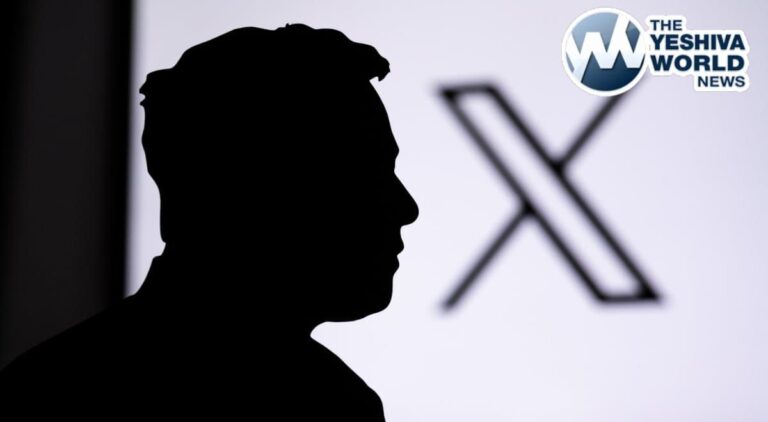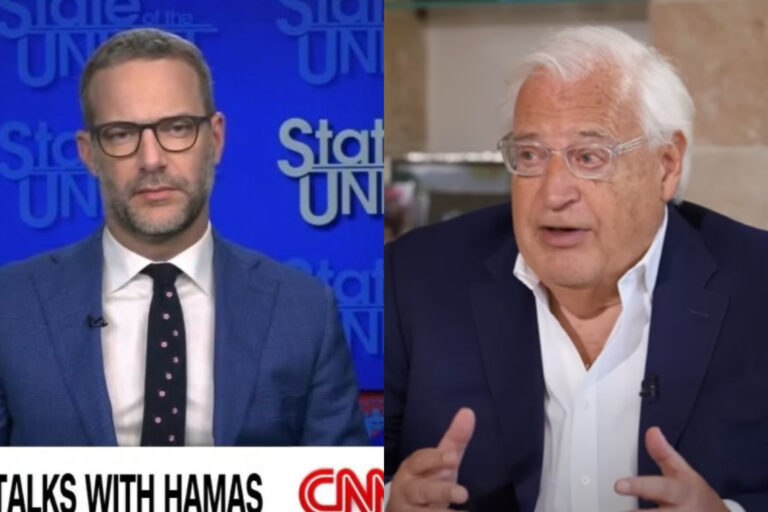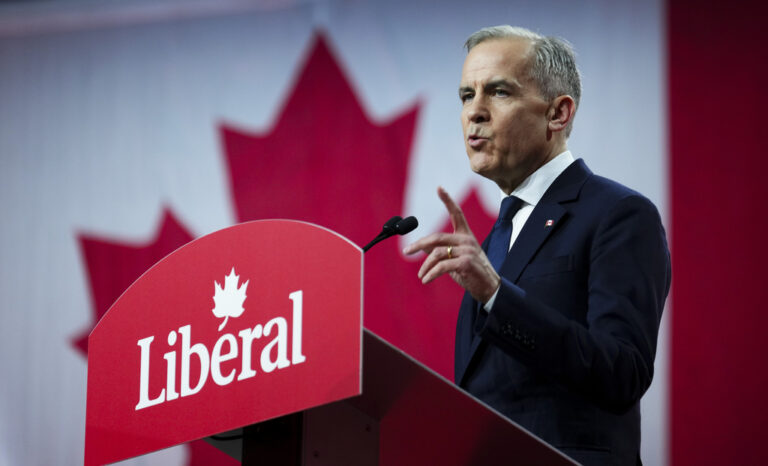 The 2012 presidential campaign was expected Thursday to pass the $2 billion mark in fundraising, according to accounting statements submitted to the government, thanks to an outpouring of cash from both ordinary citizens and the wealthiest Americans hoping to influence the selection of the country’s next leader.
The 2012 presidential campaign was expected Thursday to pass the $2 billion mark in fundraising, according to accounting statements submitted to the government, thanks to an outpouring of cash from both ordinary citizens and the wealthiest Americans hoping to influence the selection of the country’s next leader.
The eye-popping figure puts this election on track to be the costliest in history, fueled by a campaign finance system vastly altered by the proliferation of “super” political committees that are bankrolling a barrage of TV ads in battleground states.
President Barack Obama and Republican challenger Mitt Romney had brought in more than $1.5 billion through the end of September, according to previous fundraising reports submitted before the final pre-election accounting statements were due Thursday night. Obama hadn’t yet disclosed his fundraising for early October, but Romney’s campaign said it raised $111.8 million in the first two weeks. Added to that: more than $230 million in donations involving super PACs since 2011.
The largest of those were two pro-Romney groups. American Crossroads, a Republican-leaning super PAC with ties to former President George W. Bush’s longtime political counselor Karl Rove, reported raising at least $68 million through September. Restore Our Future, founded by former Romney aides, reported raising $110 million so far. Priorities USA, a pro-Obama group founded by two former aides to the president, reported raising $50 million through last month.
The $2 billion fundraising figure doesn’t include nearly $130 million spent on political ads by non-profit groups that aren’t required to file campaign finance reports or disclose their donors. Such so-called social welfare organizations are governed by tax laws, not election laws, although they are often affiliated with established super PACs.
Presidential candidates in 2008 raised more than $1.8 billion in inflation-adjusted figures. This time, new factors have contributed to the sharp escalation in the campaign money chase.
This year marked the first time that both major party candidates opted out from the public financing system established to set limits on how much a presidential candidate can raise and spend. Both Obama and Romney would have been eligible for about $100 million in taxpayer money to support their campaigns through the general election, but both gambled — correctly — that they could raise and spend far more.
In 2008, Obama became the first presidential contender to refuse all public financing while his Republican rival, Arizona Sen. John McCain, accepted the government funds. The lopsided result — Obama outspent McCain by more than 2-to-1 in the general election — effectively ended public funding as an option for serious candidates.
With the 2012 election so tight, both Obama and Romney have spent considerable time at high-dollar fundraising events courting wealthy donors. Romney last month lamented the time spent fundraising rather than speaking to larger groups of voters, saying “fundraising is a part of politics when your opponent decides not to live by the federal spending limits.”
Both Obama and Romney have raised considerable cash from small donors, too, especially the president. His campaign reported that more than 2 million donors have contributed at least $427 million to his campaign.
Federal election regulators have raised the limit on individual contributions to candidates, which means campaigns can solicit more money from donors than they have in the past. Individual donors can now give a total of $5,000 in the primary and general elections to a candidate, compared to just $2,000 in 2000.
Michael Toner, a Republican campaign finance lawyer and former chairman of the Federal Election Commission, said the close race between Obama and Romney and the sharply polarized electorate have also played a role in accelerating the dash for dollars.
“I don’t know any campaign manager who thinks they have too much money. In this political 50-50 environment you can’t ever have enough,” Toner said. “Every last million could make the difference in who is elected.”
But the emergence of super PACs and other outside groups, unleashed partly by the Citizens United decision by the Supreme Court in 2010, has done more than anything else to reshape the contours of presidential campaign fundraising. A handful of federal court cases have broadly eased campaign finance regulations, allowing corporations and wealthy individuals to spend unlimited sums. Most of the money has been funneled to super PACs, which can raise and spend money on behalf of candidates as long as they don’t coordinate expenditures or strategy with the campaign.
“The distinctive factor in this election is the outside money being spent and the corrupting money financing it,” said Fred Wertheimer, a longtime campaign finance reform advocate. “It’s a symbol of the disastrous campaign finance system we have and the undue influence relatively few well-financed individuals and interest groups now have over government decisions.
Las Vegas casino mogul Sheldon Adelson is the top super PAC donor this year. Adelson, a billionaire, has contributed more than $40 million to Republican super PACs, including those backing Romney.
(AP)










